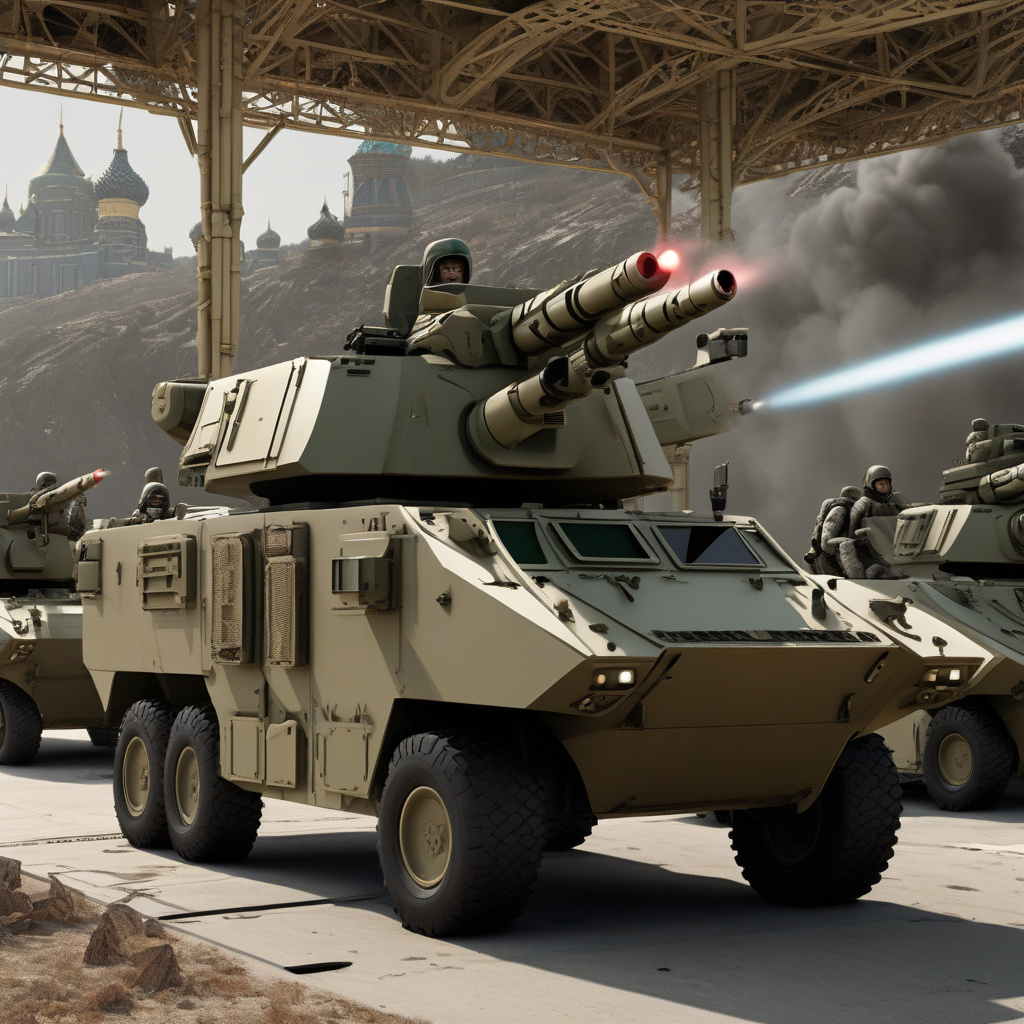Russia Employs Chinese Laser Weapon to Counter Ukrainian Drone Attacks
Amidst the raging war between Kyiv and Moscow, Russia seems to have a new laser weapon in its arsenal to tackle the persistent threat of Ukrainian drone attacks. This move marks a significant development in the realm of modern warfare, where advanced technology plays a crucial role in shaping the outcomes of conflicts.
The deployment of a Chinese laser weapon by Russia showcases the growing trend of collaboration between nations to enhance their military capabilities. In this case, Russia’s utilization of Chinese technology underscores the importance of cross-border partnerships in acquiring cutting-edge tools for defense and offense. The integration of such advanced weaponry not only demonstrates the evolution of warfare tactics but also highlights the need for continuous innovation in the face of emerging threats.
The effectiveness of laser weapons in countering drone attacks lies in their precision and speed. Unlike conventional weapons that rely on projectiles or explosives, laser beams can swiftly target and disable drones with minimal collateral damage. This capability is particularly crucial in urban warfare scenarios, where civilian lives and infrastructure must be safeguarded amidst military operations.
Moreover, the deployment of a Chinese laser weapon by Russia raises questions about the global arms trade and the implications of sharing sensitive military technology across borders. While such collaborations can lead to mutual benefits in terms of defense capabilities, they also raise concerns about the potential misuse of advanced weaponry and the escalation of conflicts on a global scale.
The use of laser weapons in modern warfare is not limited to drone defense. These high-tech tools have the potential to revolutionize various aspects of military operations, including missile defense, target designation, and even electronic warfare. As countries like Russia continue to invest in and deploy laser technology, the landscape of warfare is poised to undergo significant transformations in the years to come.
In the context of the ongoing conflict between Russia and Ukraine, the deployment of a Chinese laser weapon underscores the relentless pursuit of military superiority by both sides. While the immediate focus may be on countering drone threats, the broader implications of such technological advancements extend to the realm of strategic deterrence and geopolitical power dynamics.
As we witness the convergence of Chinese and Russian military technologies on the battlefield, it becomes evident that the future of warfare is increasingly defined by cross-border collaborations and the relentless pursuit of technological advancements. The deployment of laser weapons represents just one facet of this ever-evolving landscape, where innovation and adaptation are key to staying ahead in an era of rapid change and uncertainty.
In conclusion, the deployment of a Chinese laser weapon by Russia to repel Ukrainian drone attacks marks a significant milestone in the realm of modern warfare. This development not only highlights the importance of advanced technology in shaping military strategies but also underscores the growing trend of international collaboration in acquiring cutting-edge defense capabilities. As laser weapons continue to redefine the dynamics of conflict on the global stage, it is clear that innovation and adaptation will be paramount in navigating the complexities of modern warfare.
Russia, China, laser weapon, Ukrainian drone attacks, modern warfare












